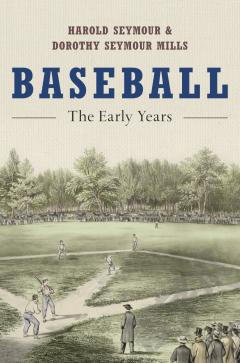Visualizing Baseball
Visualizing Baseball provides a visual exploration of the game of baseball. Graphical displays are used toshow how measures of performance, at the team level and the individual level, have changed over the history of baseball. Graphs of career trajectories are helpful for understanding the rise and fall of individual performances of hitters and pitchers over time. One can measure the contribution of plays by the notion of runs expectancy. Graphs of runs expectancy are useful for understanding the importance of the game situation defined by the runners on base and number of outs. Also the runs measure can be used to quantify hitter and pitch counts and the win probabilities can be used to define the exciting plays during a baseball game. Special graphs are used to describe pitch data from the PitchFX system and batted ball data from the Statcast system. One can explore patterns of streaky performance and clutch play by the use of graphs, and special plots are used to predict final season batting averages based on data from the middle of the season. This book was written for several types of readers. Many baseball fans should be interested in the topics of the chapters, especially those who are interested in learning more about the quantitative side of baseball. Many statistical ideas are illustrated and so the graphs and accompanying insights can help in promoting statistical literacy at many levels. From a practitioner perspective, the chapters offer many illustrations of the use of a modern graphics system and R scripts are available on an accompanying website to reproduce and potentially improve the graphs in this book.
{{comment.content}}








 京公网安备 11010802027623号
京公网安备 11010802027623号